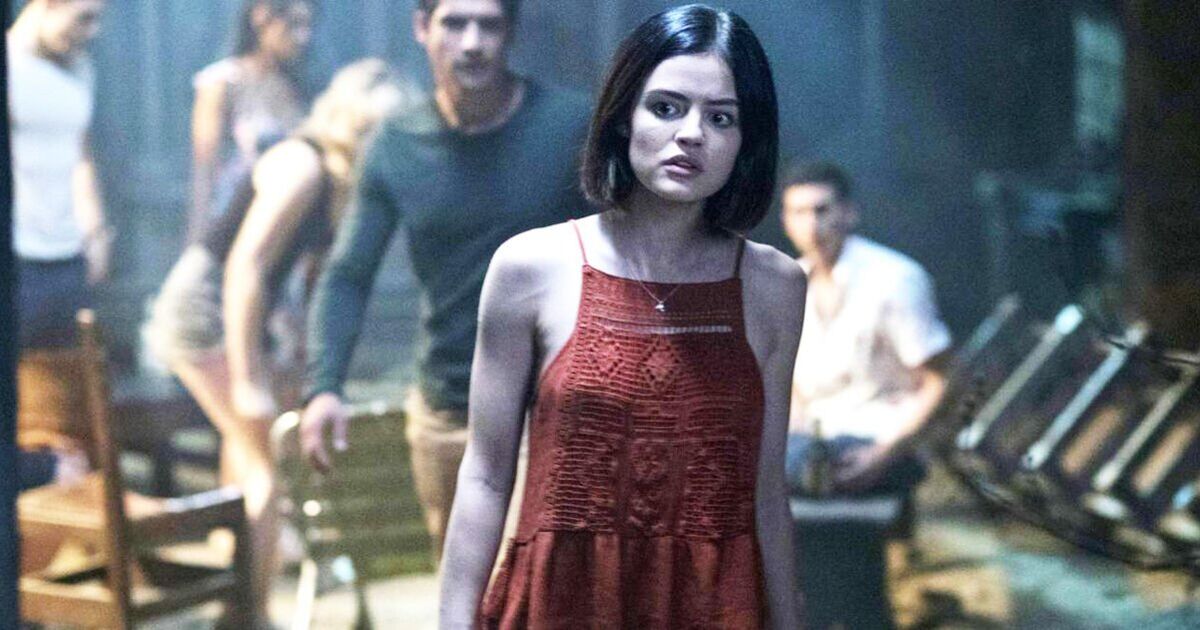
Glorious singing but restrained humour in Glyndebourne's Figaro | Theatre | Entertainment
Published: 2025-07-04 20:57:37 | Views: 7
In the opinion of many, Mozart's Marriage of Figaro is the most perfect of all comic operas. The music is sublime and unceasingly brilliant, da Ponte's libretto is genuinely funny, and the plot, pitting servants against the aristocracy and men against women, gives real depth to the sitcom antics. All it needs to complete the effect is a cast of great singers whose acting features perfect comic timing and a director who adds the occasional modern touch to the comedy without interfering with the original. It was the comic acting in Mariame Clément's new production that gave me some reservations, as it seemed to me that this production tended to take the whole thing a bit too seriously.
The plot centres on the desire of Count Almaviva to resuscitate the ancient right of the lord of the manor to have his evil way with his servant Figaro's bride Susannah. The humour comes from Figaro's ingenious but flawed attempts to frustrate him and from the more successful conspiracy between Susannah and the Countess to achieve the same goal.
The celebrated young British baritone Huw Montague Rendall greatly impressed last year as Almaviva at the Royal Opera House and took the same role at Glyndebourne where he gives the character a more vindictive nature. The Austrian bass-baritone Michael Nagl also portrayed Figaro as less charming and naive than usual, so it was left to sopranos Johanna Wallroth as Susannah, Louise Alder as the Countess and particularly French mezzosoprano Adèle Charvet as the sex-crazed pageboy Cherubino to provide the humour.
All five of these sang beautifully, even occasionally adding grace notes to Mozart's glorious music to create an even more carefree impact. Alder made a particularly powerful impression in delivering her celebrated Dove Solo aria in which she expresses her pain and annoyance at her husband's infidelity. This is perhaps the emotional high point of the opera and Alder's performance was immaculately touching.
By the time Glyndebourne's characteristic long interval began, giving us a chance to enjoy the sunshine with a picnic on the lawns, my feelings about the production were mixed. The singing was faultless and the accompaniment on period instruments from the Orchestra of the Age of Enlightenment was a delight, but I was missing the usual humour level. When the opera returned, however, this last factor was finally restored in an aria performed by Almaviva, hidden in a bathtub. Finally his toes emerged, dancing on the edge of the bath in time with his singing. His feet superbly made up for the comedy that his face and body had lacked.
The little accident I mentioned earlier occurred towards the end, when Julia Hansen's set design should have been at its most imaginative. Up to that moment, a rotating stage had enabled quick and effective changes from room to room in Almaviva's mansion, but now the action was to move to the garden, where both the set and the lighting were more complex. Too complex, it seemed, for the stage, which refused to rotate.
The stage manager appeared to apologise and ask for our patience while they fixed it, but that took around 15 minutes, by which time many of the audience were fearing they would miss the last decent train back to London. I was among the operagoers who missed the curtain call at the end, dashing off to catch the first coach to the station. We made the train by less than a minute with a mixture of relief and a feeling that such things should be sorted out before the first night.
Le Nozze di Figaro is playing at Glyndebourne on various dates until 21 August.
Box Office and details: 01273 812321 or glyndebourne.com
Source link







